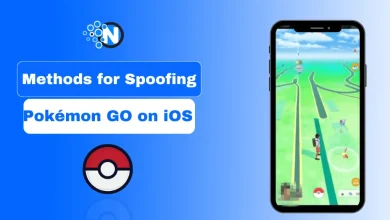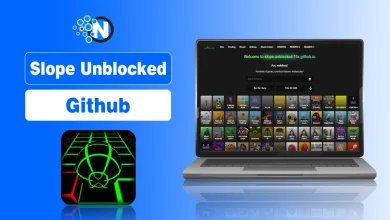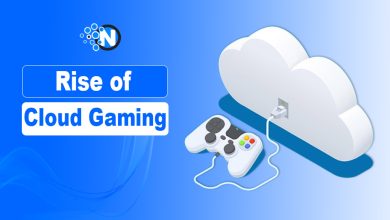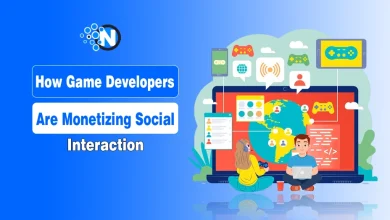The Power of Gamification in Everyday Life – Comprehensive Guide

The use of game elements in different situations is becoming more and more popular across several industries. Gamification is an effective technique for motivating users, encouraging engagement, and promoting positive behavior change in different contexts like marketing, education, productivity and more.
In this article, I will explain the concept of gamification, its advantages, and practical applications for improving daily life.
Stay tuned!
Understanding Gamification
Gamification is an approach that uses game design concepts to enhance the fun and interest of activities or tasks. This includes introducing components like competition, challenge, or quest in non-gaming environments to increase engagement, productivity or other outcomes.
According to CyberGhost (CG), the gamification market is currently worth about $15.4 billion, and it could reach an amazing $48.7 billion by 2029. Gamification has the power to turn routine jobs into enjoyable experiences by appealing to our natural need for achievement, competitiveness, and social engagement.

The Benefits of Gamification in Everyday Life
Increased Engagement and Motivation
Gamification is used in different situations and activities to create a sense of purpose and excitement, making activities more enjoyable and motivating. When participants feel invested in an activity or task, they are more likely to deliver their best and achieve assigned goals.
Enhanced Learning and Retention
Educators usually incorporate games into lessons and lectures to make learning more engaging and entertaining. Gamifications can transform complex concepts and subjects into more engaging and easily accessible to boost learning outcomes.
Improved Productivity and Efficiency
When you turn a particular task or job into a game, you can get it done easily in less time. Introduction of game elements like rewards, points or other incentives encourage workers to accomplish the assigned task effectively without losing motivation. In this way, they are more productive to complete their duties to get something extra.
Positive Behavior Change
Adding game elements into different everyday routines can bring positive behaviour change. For instance, you can ask your kids to eat healthier food or do exercise on a regular basis to get some rewards or incentives upon reaching their goals.
Enhanced Social Interaction
Gamification is one of the best ways to build a sense of community and boost social connections. For example, when you encourage your employees to achieve particular tasks as a team, they are more likely to build strong bonds with each other. They emotionally connect with each other to collaborate better while moving towards the same destination (assigned goals).
Applications of Gamification in Different Walks of Life
Education
Gamification is a good option to create engaging and interactive learning environments and experiences. Teachers can opt for math games to help students learn complex math problems in a fun way. It is also a good idea to make teams of students and ask them to complete a particular project faster than other teams to get some rewards.

Marketing and Sales
In this era of social media, brands use gamification wisely to increase customer engagement and boost sales as well. Offering incentives, points and badges encourage customers to make more purchases and stick around the brand for more.
Fitness and Health
As mentioned above, gamification could be a wise move for you to encourage your little one to adopt healthy lifestyle habits. Moreover, fitness trainers can also introduce a competition of losing weight to encourage their clients to lose more weight fast to win a prize or get a reward.
Productivity and Time Management
Productivity is one of the top benefits of adding games into everyday tasks and jobs. Employees are motivated to complete assigned tasks as soon as possible to win a cash prize or an award. Turning tasks into exciting games or competitions keeps people focused and motivated towards assigned tasks.
Personal Development
Just like other domains of life, gamification can also be used for personal development goals. Setting development objectives and tracking performance encourages individuals to develop better themselves.
Steps for Implementing Gamification in Your Life
- Identify Your Goals: Determine what you want to achieve with gamification. Are you looking to improve your fitness, productivity, or learning? Identifying goals helps you choose the right gaming model and elements.
- Choose the Right Mechanics: Select game mechanics or elements that align with your goals. You can opt for points, badges, leaderboards, quests, and challenges based on your goals.
- Set Clear Rules and Rewards: Set clear rules and guidelines for the gaming environment you are creating. Define the criteria for win, earning points, badges, and other rewards.
- Track Your Progress: It is highly recommended to use a tracking system to monitor your progress and stay motivated.
- Celebrate Your Achievements: Acknowledge and reward your accomplishments. This will help you stay motivated and committed to your goals.
Final Thoughts
Gamification is the ultimate tool in everyday practice, bringing elements of the game into different chores and tasks. Furthermore, people are not simply rewarded with all their dull chores completed, but with the feeling of actual accomplishment.
From education to healthcare and corporate training to marketing, the gamification revolves around how boring and repetitive tasks can be made interesting and engaging.




